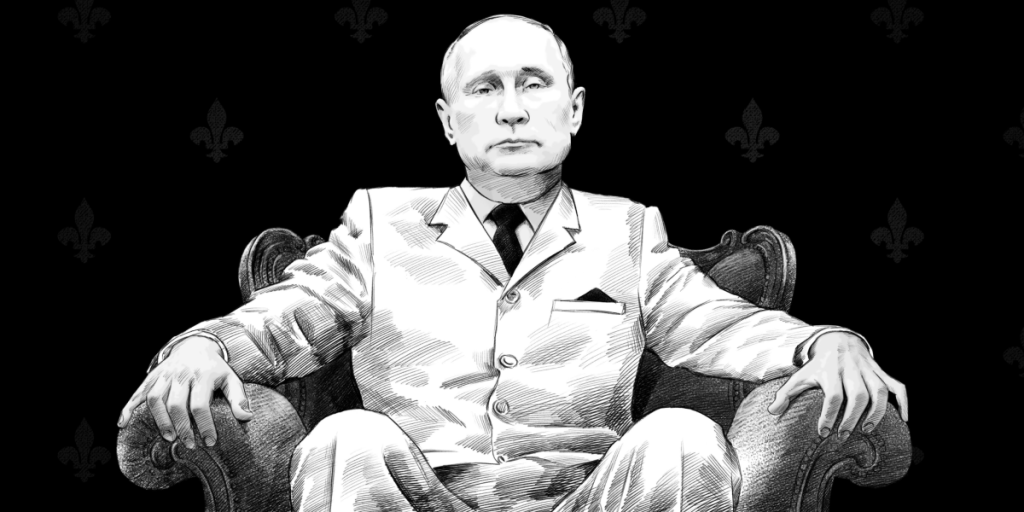Facts are one thing, but they don’t matter, if the people calling the shots ignore them.
Others are reading now
Facts are one thing, but they don’t matter, if the people calling the shots ignore them.
Russian jets and drones over Europe
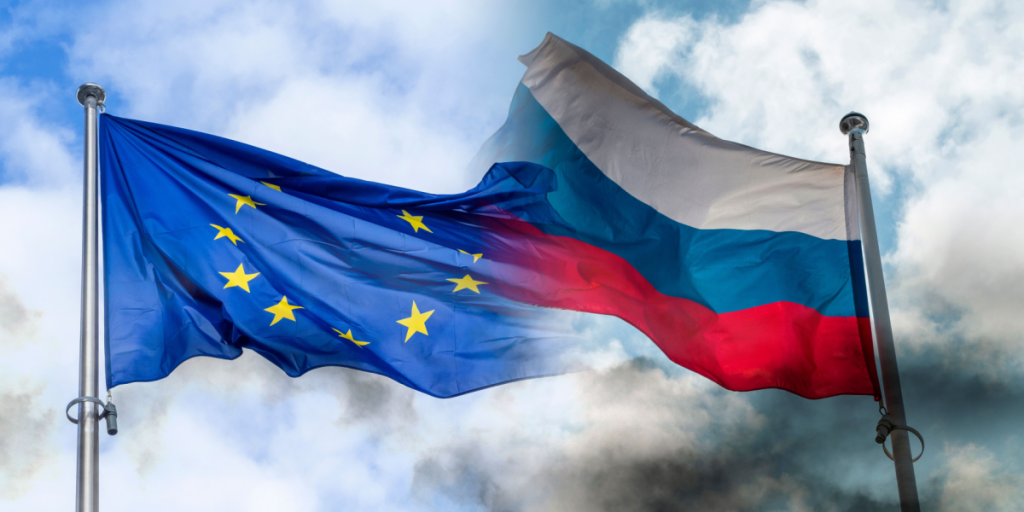
In a matter of days, Russian MiG-31s were intercepted over Estonia, drones were spotted in Polish airspace, and others were seen near Copenhagen Airport, a French military base, and Oslo.
While their origins haven’t been officially confirmed, suspicions point squarely at Moscow.
Ukrainian President Volodymyr Zelensky issued a stark warning via The Guardian: Russia might not wait for the war in Ukraine to end before opening a second front in Europe.
What is Putin up to?
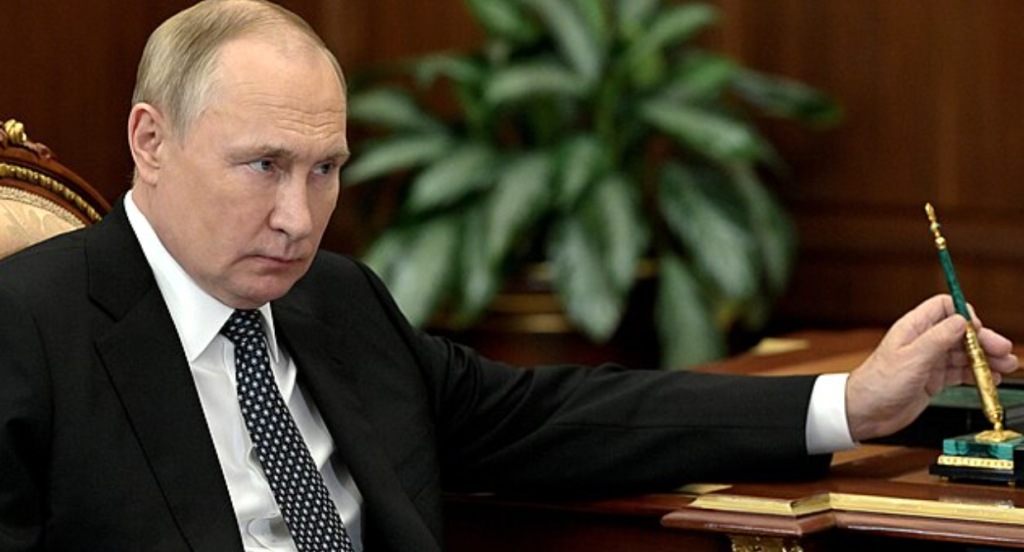
These incidents raise uncomfortable questions: Are they isolated provocations, or a signal of broader intentions?
Also read
The scale and frequency of the airspace violations are unprecedented. With so many sightings in such a short span, it’s difficult to dismiss them as coincidence.
Concerns are mounting across NATO countries about how far Russia might be willing—or able—to push.
Experts urge caution, not panic
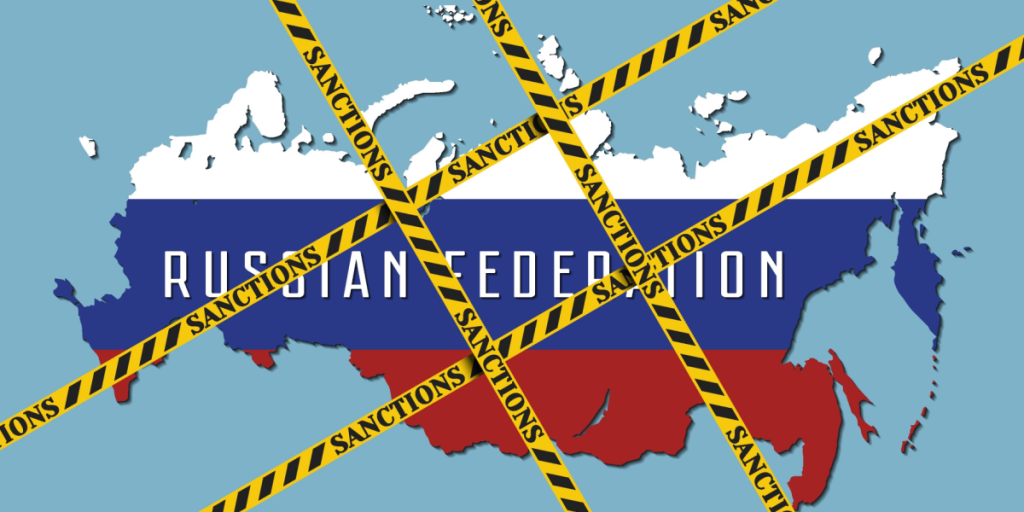
Despite the anxiety, several analysts remain unconvinced that a wider European conflict is imminent.
“We can sleep soundly,” says Maria-Eugenia Sanin, a lecturer in Russian economics at Paris-Saclay.
In an interview with 20minutes, she says that Moscow lacks the financial strength to sustain a major escalation.
Also read
Sanctions, war fatigue, and economic isolation have taken their toll.
The war economy is taking a toll
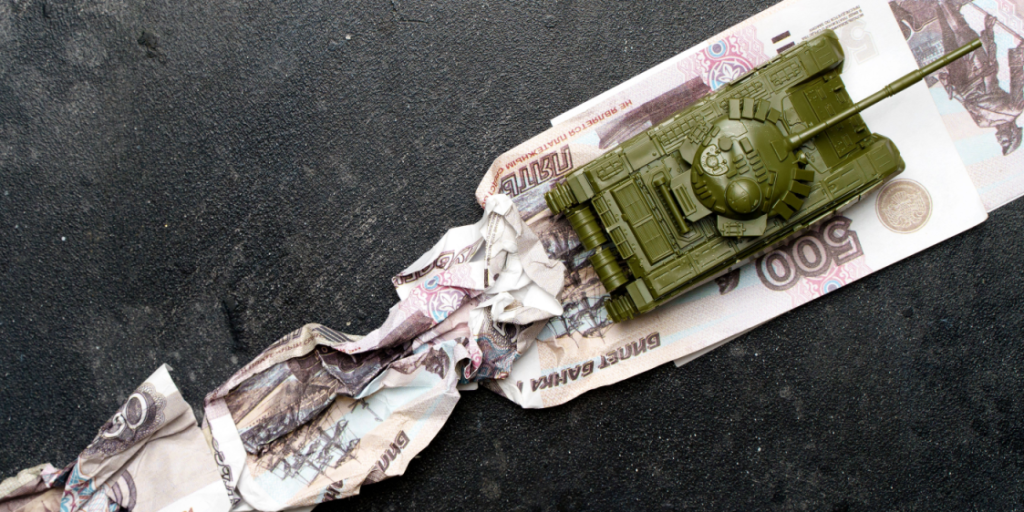
Three years into the invasion of Ukraine, Russia’s economy is clearly showing cracks. Growth dropped to 1.4% in the first half of 2025—its slowest rate in two years.
Sanin notes that most of this growth is linked to war spending, not improvements in civilian life.
“After a while, the people can’t eat shells,” she said.
A surge of military spending boosted 2023–2024
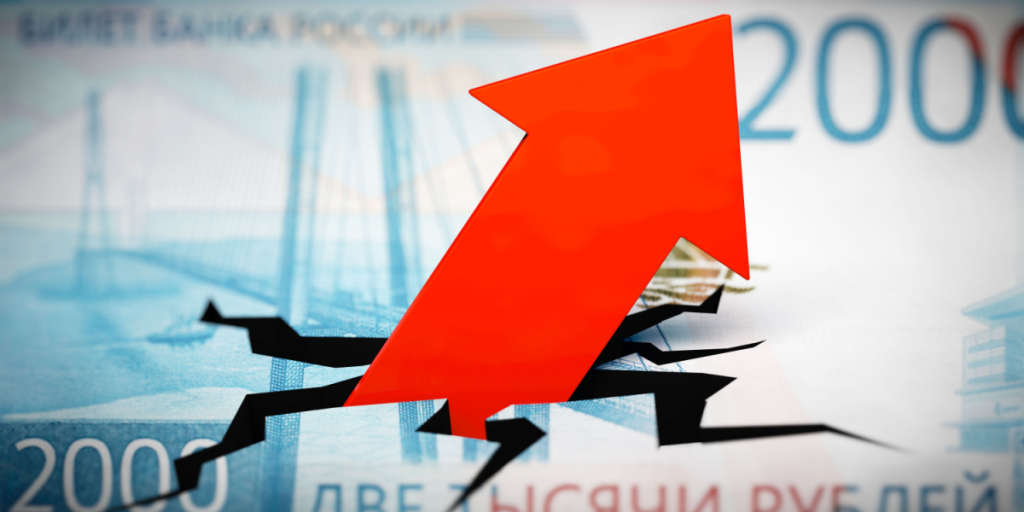
The higher growth seen in 2023 and 2024 came from a wartime spending boom.
Also read
“It was achieved by boosting activity through strong government orders for the military-industrial complex,” explained economist Julien Vercueil.
Massive public contracts, social transfers to poorer citizens, and wage hikes in war-related industries provided a temporary economic lift.
But now the engine is stalling

By 2025, that boost has faded. Business investment has dried up, and the country’s factories are overstretched.
“The Russian economy has entered a phase of structural erosion,” Vercueil said.
In other words, the war machine is grinding itself down. Evidence of this slowdown is already visible in the soaring federal budget deficit.
Also read
The budget deficit reaches dangerous levels
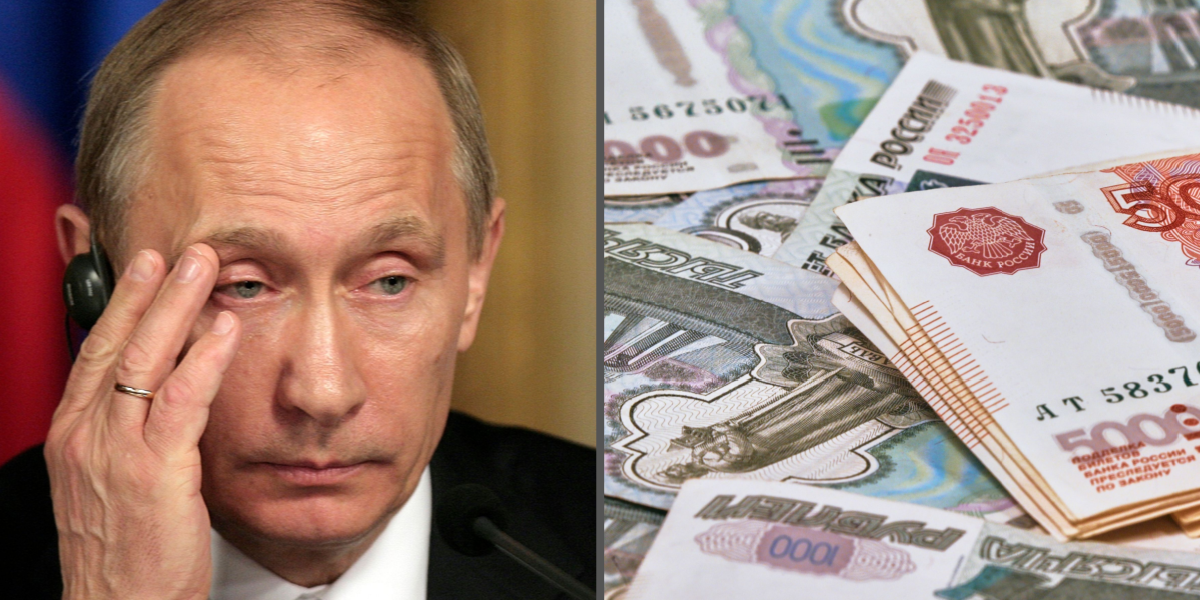
From January to June 2025, Russia’s federal deficit reached the full-year target—months ahead of schedule.
The imbalance reflects just how much pressure the war effort is putting on public finances.
Sustaining the war through emergency measures is no longer enough; cracks are starting to show.
Putin’s bet backfired
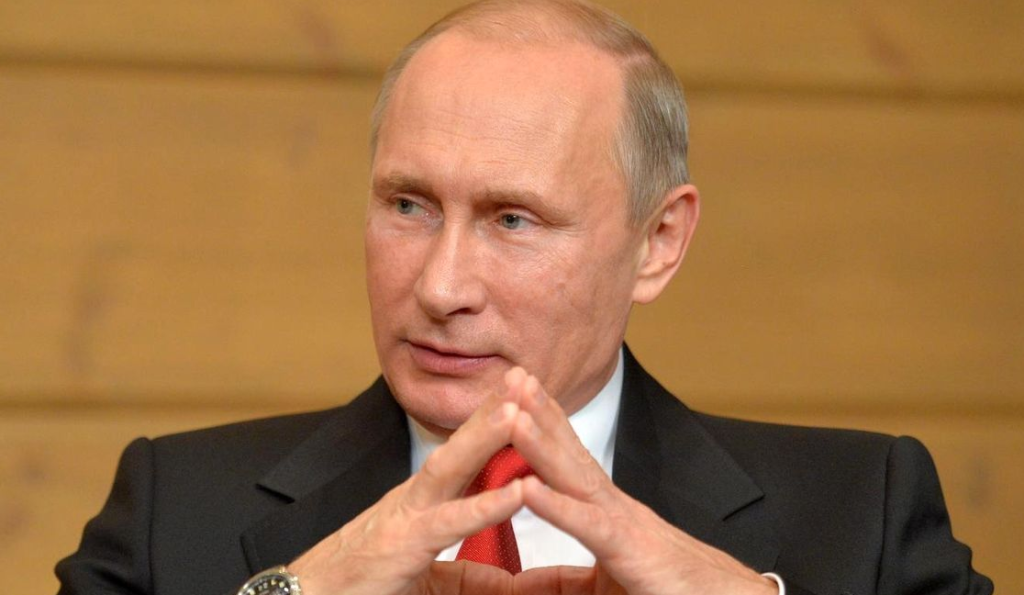
Sanin argues that while Vladimir Putin prepared Russia for sanctions and wartime conditions, he didn’t expect a drawn-out conflict.
“He envisioned a swift war, not one of attrition,” she said
Also read
Russia’s current economic model wasn’t built to endure a long, resource-draining struggle—and it’s beginning to buckle under the weight.
A shrinking workforce deepens the crisis
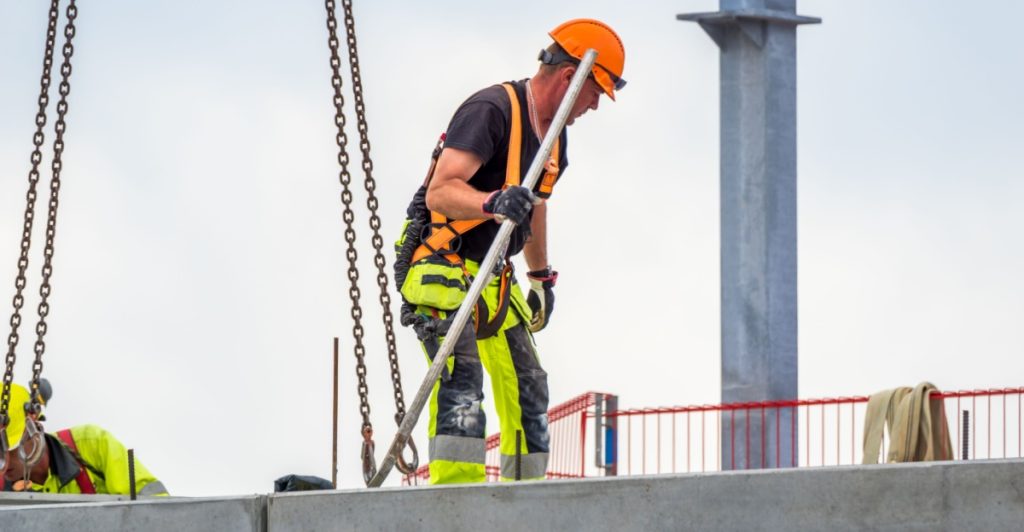
The war has also robbed Russia of one of its most valuable resources: labor.
More than 700,000 young people have fled the country since 2022, according to Forbes. Another 700,000 are deployed at the front. Ukraine’s military estimates over a million Russian troops are dead or wounded—including more than 200,000 killed.
“This means a lot less manpower for the Russian economy,” said Bernard Keppenne of CBC Banque.
Public finances under siege
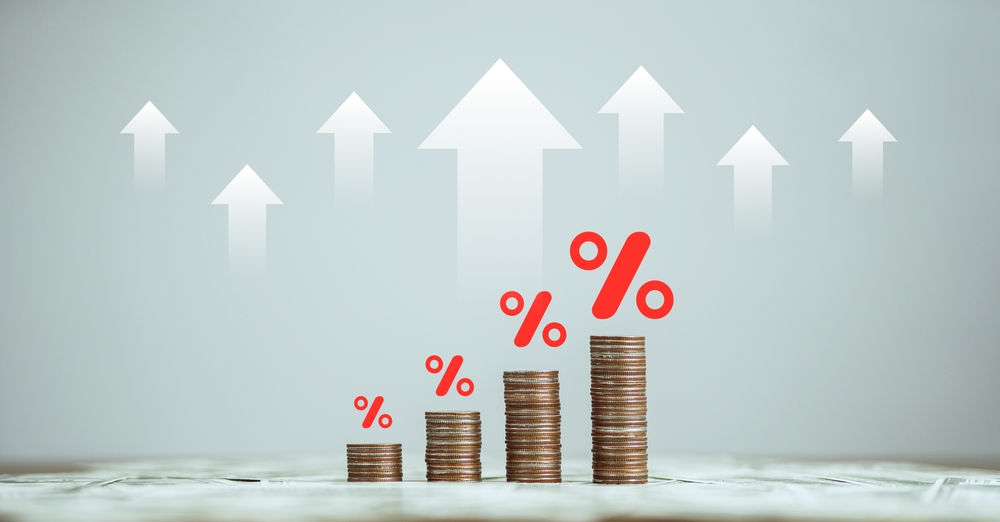
To keep the military machine funded, Moscow raised VAT—sparing only essential goods—even as inflation was finally easing.
Also read
“The State’s priority is to find funding for its war effort,” said Vercueil.
These policy moves hint at a government increasingly cornered by its own strategic decisions.
Oil prices add to economic woes
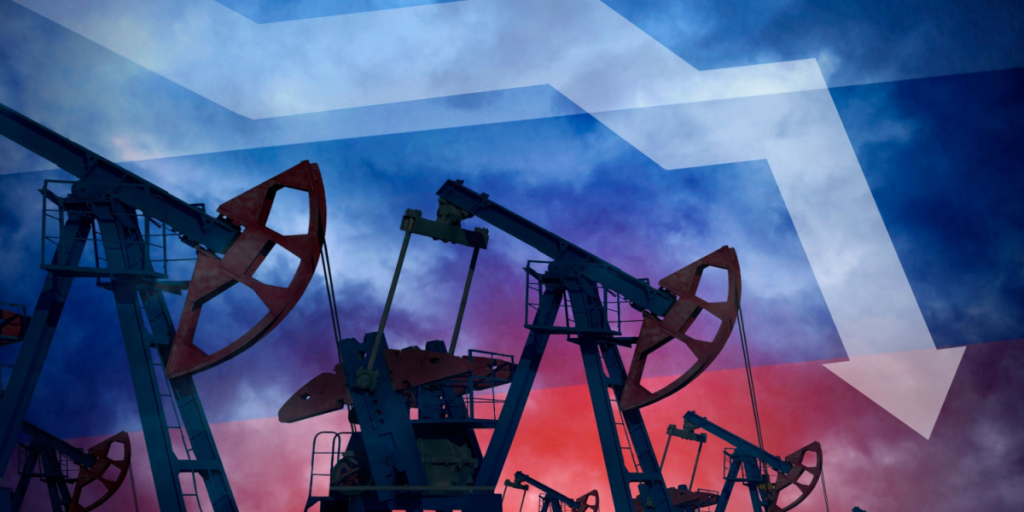
Falling oil prices are hammering Russia’s finances. Despite redirecting energy exports to China and India after European sanctions, revenue is still plummeting.
“Russia can do nothing about the continued fall in prices,” warned Keppenne.
And with OPEC+ set to maintain production through 2025, that drop may continue.
Also read
Could escalation still happen anyway?
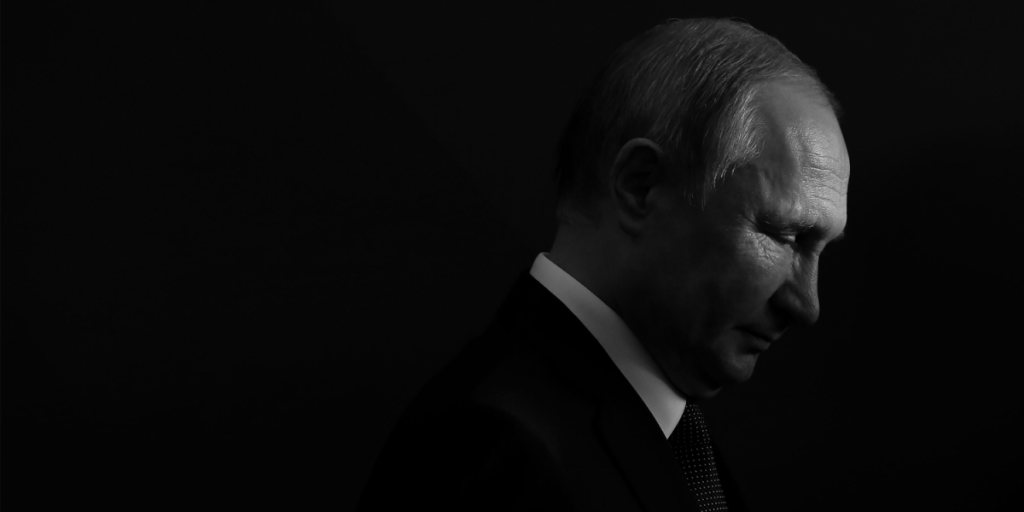
Some experts aren’t fully reassured. “Pragmatically, yes, Russia has no interest in opening a second front,” said international risk consultant Stéphane Audrand. “But it had no more reason to attack Ukraine.”
The Kremlin views NATO and the EU as existential threats. Vercueil added, “For an autocratic regime… the temptation is always to accentuate the sacrifice imposed on the population.”
In short, economic limits may not prevent escalation.

